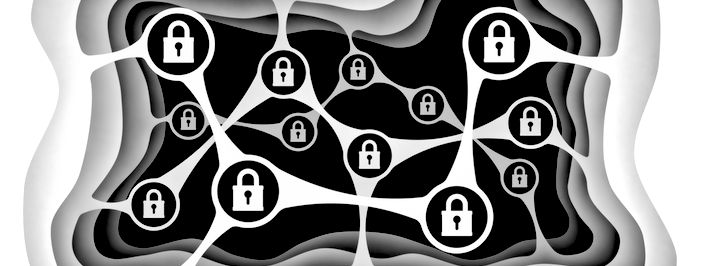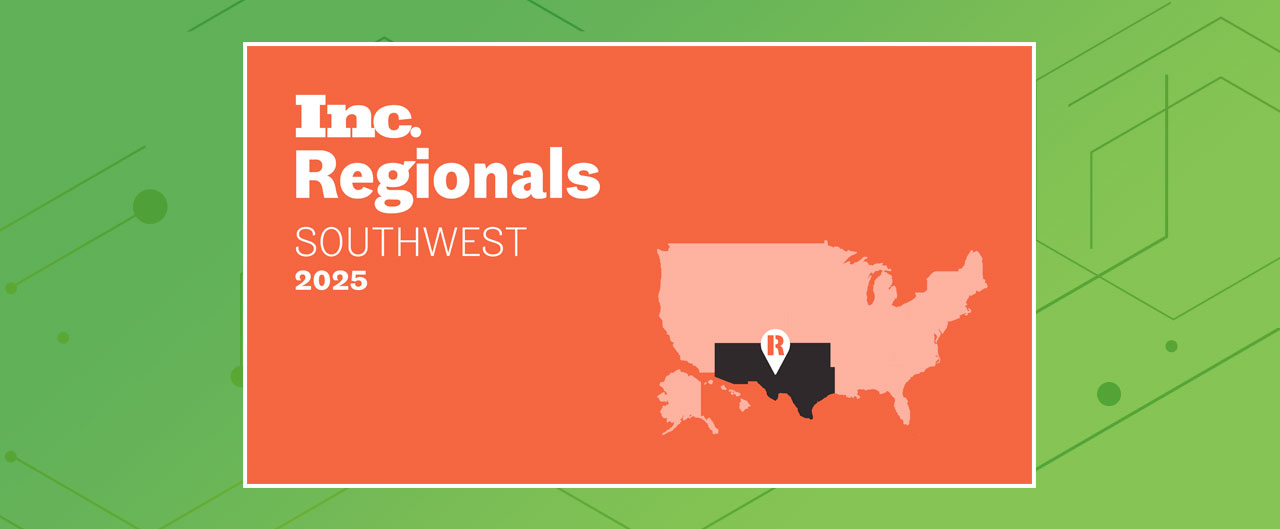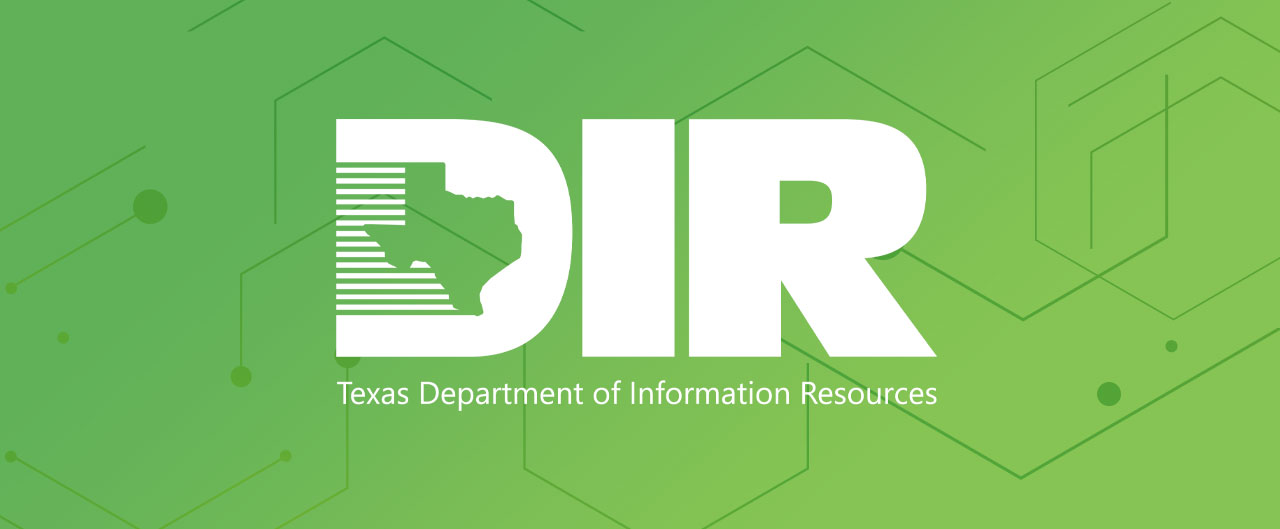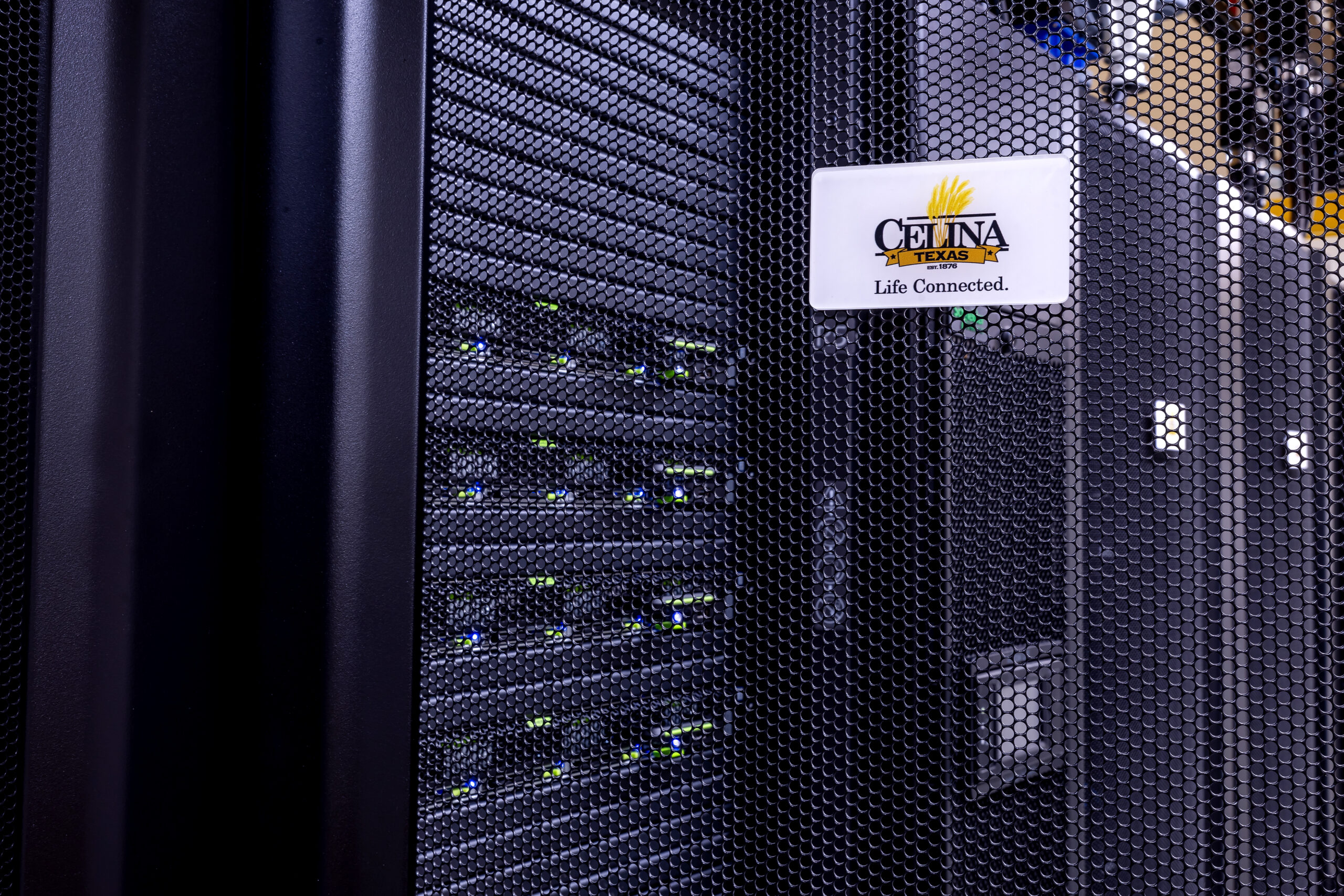Your organization faces many cybersecurity threats on a regular basis. Each layer of your security must interconnect. That way, you can provide your enterprise with a well-rounded strategy that stops cybercriminals at every turn.
Here’s what you need to include to build a multi-layered security approach.
Physical security
The physical security measures for your network are both important and an easy entry point to layered security. Limiting access to networking equipment, servers, and other devices greatly reduces the chances of a malicious actor gaining entry into your IT infrastructure.
Enterprise organization must take care to keep logs to monitor who goes in and out of server rooms and data centers. Additionally, they may even utilize key cards and biometric data for automated identity verification.
If you partner with a third-party to handle your sensitive IT equipment for you, make sure to vet the employees for security clearance. After all, you don’t want to harden your enterprise’s physical defenses and have a third-party vendor unintentionally create an opportunity for a breach.
Network security
Network security measures are the priority for many enterprises. This security layer covers the business network with firewalls, intrusion detection systems (IDS), 24/7 network monitoring, access control systems, and other means that secure the flow of data throughout the organization.
Often times, there are multiple local area networks within your enterprise that must be managed, along with remote access to these resources. This creates a network monitoring protocol using a mixture of protective tools. They detect and manage threats while also giving you visibility throughout the network.
The key to network security is to gain a sense of situational awareness that allows security specialists to correlate threats to gaps in security. From there, specialists can use the right tools that work intelligently to predict threats and prevent them from accessing the network.
Endpoint security
The modern bring-your-own-device (BYOD) and Internet of Things (IoT) era adds a substantial number of endpoints to the enterprise environment. Each device has a myriad of potential vulnerabilities, so it’s important to harden them with endpoint protection.
The most common methods for strengthening this layer include installing device-wide and cloud-controlled antivirus applications in conjunction with only using IT department’s enterprise-approved applications.
Of course, you shouldn’t forget to keep everything fully updated with the latest patches.
Application security
The applications that your enterprise deploys within the active environment must also follow security best practices. Access control measures give end users the resources that they need without any that they are not authorized to use. This approach is called the principle of least privilege. You also need to stay on top of removing inactive users. Of course, that includes people who are no longer with the organization.
Software developers should pay close attention to the new threats currently circulating and the attack methods they use. Additionally, the security patches they release must address modern risks. Username and password-based application security are only as strong as your password policies. Ensure that passwords get changed frequently and have another authentication factor to confirm the user’s identity.
There’s quite a lot to remember at this level, and that’s why many enterprises turn to security experts to help them secure their applications using third-party programs. These programs help secure applications while monitoring data throughput to ensure that there’s no suspicious activity.
Data security
Enterprise-level organizations typically send and receive staggering amounts of data. Take this into consideration: An average office worker receives 121 emails a day and sends around 40 business emails daily. If your company has 1000 employees, the team will send out 40,000 business emails in just one day.
Related: Enterprise Data Protection And Reliability: What Are Your Options?
That gives cybercriminals ample opportunity to intercept and hijack data. However, as a part of your layered security approach, you’ll want to encrypt your data both at rest and in motion. The data security discussion goes well past emails, but the idea is the same throughout – you must secure your data to ensure that if it ends up in the wrong hands, it’s still safe and sound.
Final Thoughts on Layered Security
A multi-layered security approach creates a challenging environment for potential intruders. They have to contend with many overlapping layers of security measures. Even if they break through one area, they are faced with other security features that stop them in their tracks.
Have more questions on layered security? Talk to Freeit – our security experts are always here to help you out.





